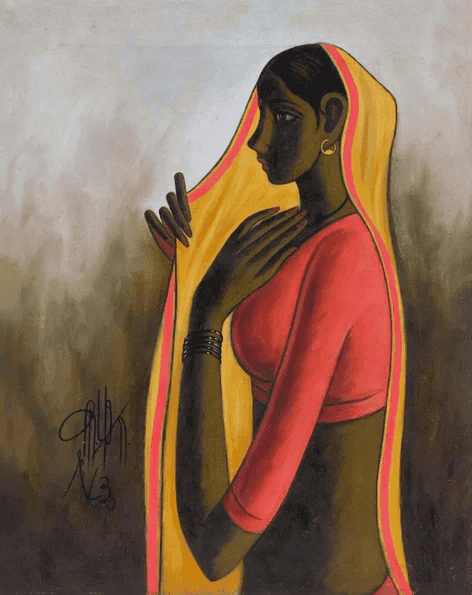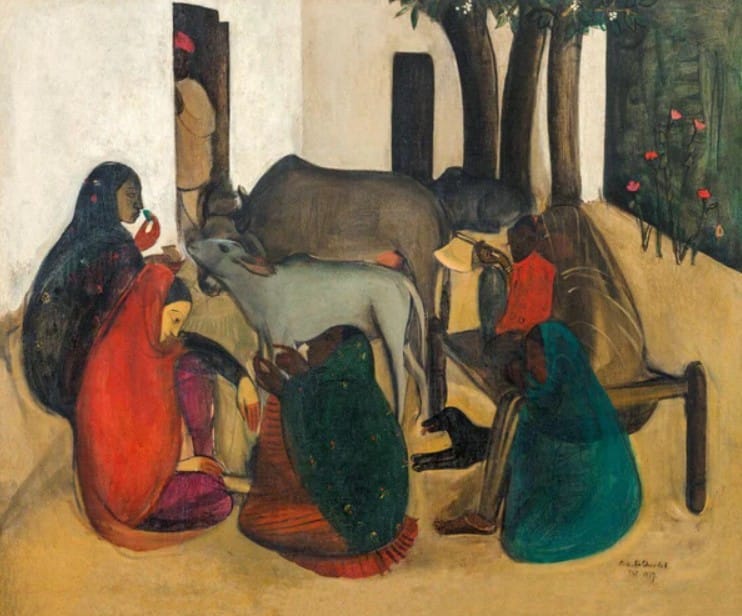An Introduction to Indian Classical Paintings
Introduction
India’s artistic heritage is among the richest in the world, reflecting centuries of cultural, spiritual, and aesthetic evolution. Among its most distinguished contributions to the visual arts is the tradition of Indian classical paintings — a diverse and profound expression of history, mythology, religion, and courtly life. These paintings are not merely decorative; they are visual stories that transcend time and space, communicating spiritual ideals, moral teachings, and regional identities. In this article, we present a comprehensive introduction to Indian classical paintings, tracing their historical development, styles, symbolism, and ongoing legacy.
The Origins of Indian Classical Paintings
The roots of Indian classical paintings stretch back thousands of years. The earliest examples can be found in ancient cave murals, such as those at Ajanta in Maharashtra, dating from the 2nd century BCE to the 6th century CE. These Buddhist murals, painted using natural pigments on stone walls, exhibit a high degree of sophistication in composition, color, and storytelling.
As Indian civilization evolved, so did its art. Painting became a sacred practice, closely tied to religious narratives and temple architecture. The tradition flourished under dynasties like the Guptas, Chalukyas, and Vijayanagara Empire, who commissioned religious art to adorn temples and palaces.
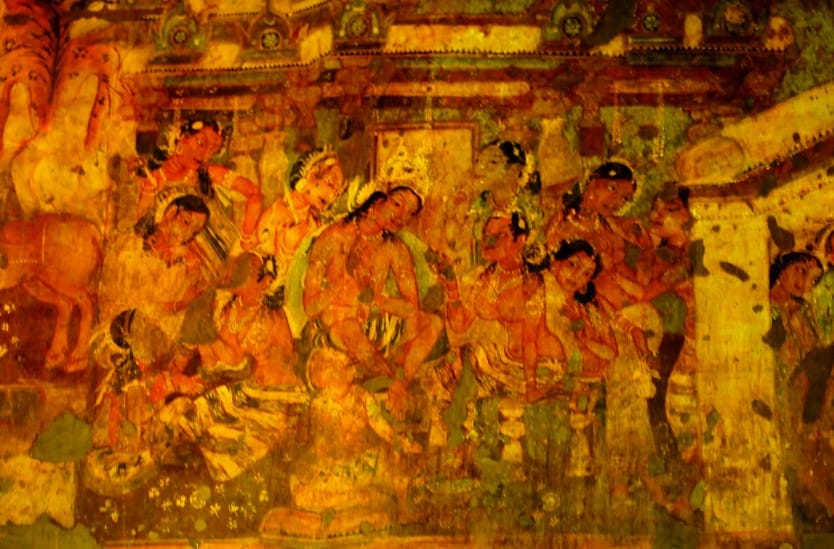
Key Styles and Schools of Indian Classical Paintings
Indian classical paintings are not a monolithic style. They encompass a wide range of regional schools, each with unique features, aesthetics, and cultural contexts. Among the most prominent styles are:
1. Mughal Painting
Developed in the 16th to 18th centuries under the Mughal Empire, Mughal painting is known for its refined realism, Persian influences, and miniature format. These works often depicted court scenes, royal portraits, battles, and literary epics such as the Akbarnama or Shahnama.
Artists like Basawan and Abu’l Hasan elevated the style with meticulous detailing, dynamic compositions, and harmonious color palettes. Mughal painting also introduced individual artist recognition in Indian art history.
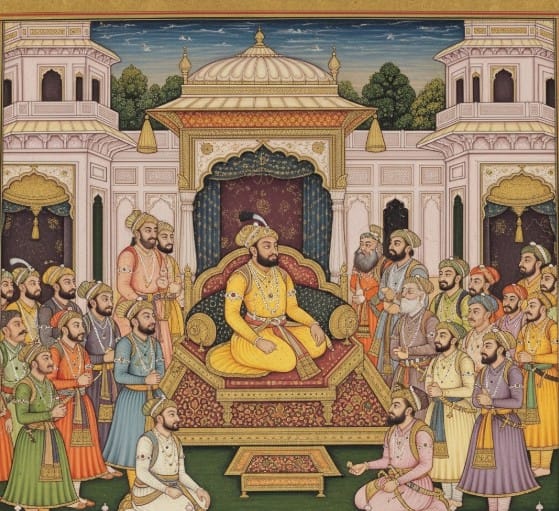
2. Rajput Painting
Rajput painting emerged in the royal courts of Rajasthan and the Pahari regions during the 17th–19th centuries. Unlike the Mughal style, Rajput art emphasized emotion, devotion, and bold color. Themes included Hindu mythology, particularly scenes from the Ramayana, Mahabharata, and Bhagavata Purana.
Rajput painting includes several sub-schools such as Mewar, Marwar, Kishangarh, and Bundi. The Kishangarh style is famous for its delicate portrayal of Radha and Krishna, especially the divine feminine in the form of Bani Thani.
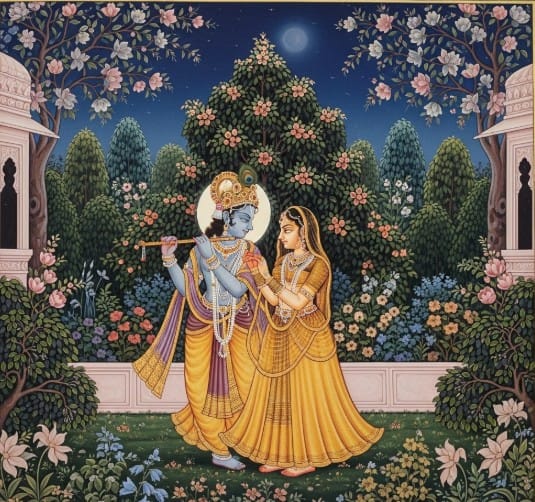
3. Pahari Painting
Flourishing in the Himalayan hill kingdoms of North India, especially in Himachal Pradesh, Pahari paintings developed during the 17th–19th centuries. This style is known for lyrical beauty, nature themes, and emotional depth.
Prominent schools include Kangra and Basohli. Kangra painting, in particular, is celebrated for its delicate lines, naturalistic landscapes, and devotional themes, especially those associated with Krishna’s life.
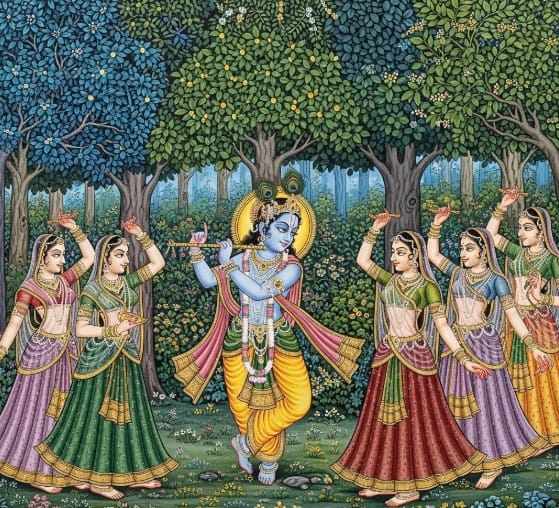
4. Deccan Painting
The Deccan sultanates developed their own unique painting tradition, influenced by Persian, Turkish, and indigenous Indian styles. Deccan painting is characterized by rich decorative elements, fantastical creatures, and a fusion of Hindu and Islamic motifs.
Paintings from the Bijapur, Golconda, and Ahmadnagar courts reveal a vibrant world of musicians, poets, and royal grandeur.
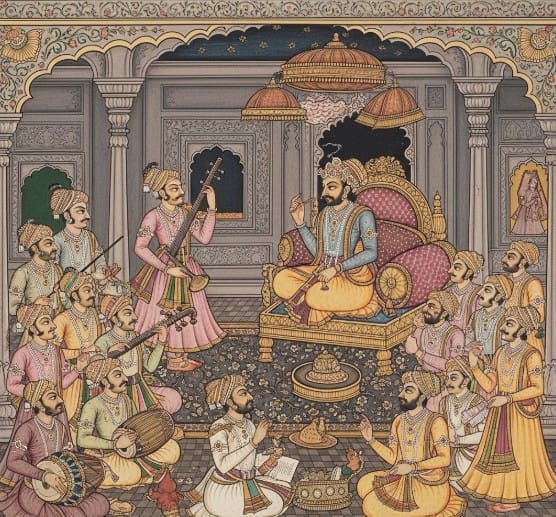
5. Tanjore Painting
Originating in Tamil Nadu, Tanjore (or Thanjavur) painting is known for its dramatic gold leaf work, embedded gemstones, and devotional themes. Created mostly during the Maratha rule in the 17th century, these paintings feature Hindu deities in frontal poses, richly ornamented and painted on wood panels.
Tanjore paintings remain popular in South India for their spiritual significance and decorative appeal.
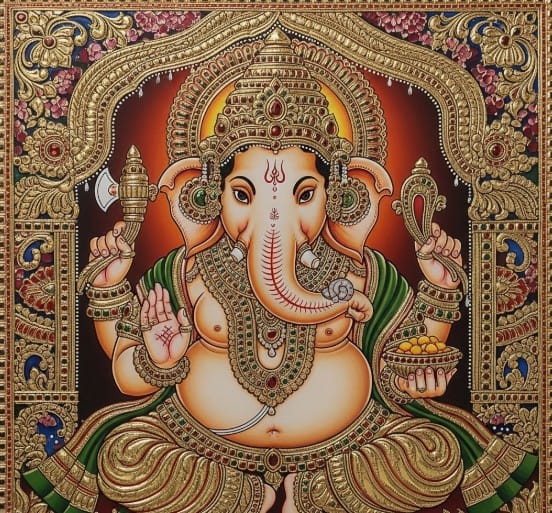
Themes and Symbolism in Indian Classical Paintings
Most Indian classical paintings are narrative in nature, inspired by religion, mythology, and court life. Common themes include:
- Divine Love: The relationship between Krishna and Radha or Shiva and Parvati represents both cosmic union and personal devotion.
- Bhakti (Devotion): Saints, gods, and pilgrims are central figures in many works.
- Nature: Animals, birds, trees, rivers, and seasons are imbued with symbolic meaning.
- Ragas and Rasas: Paintings based on classical music (ragamalas) and emotions (rasas) attempt to visually capture sound and feeling.
These themes are portrayed with vibrant colors, symbolic postures (mudras), and intricate patterns that connect the human and divine.

Techniques and Materials Used
Traditional Indian classical paintings employed natural materials:
- Pigments: Derived from minerals, plants, and even insects. For example, red from cinnabar, blue from lapis lazuli, and yellow from turmeric.
- Brushes: Made from squirrel hair or bamboo.
- Surfaces: Paper, palm leaves, cloth, and wooden panels, depending on region and style.
- Binding Agents: Used natural gums, lime, and resins to bind pigments.
These organic methods gave classical paintings their enduring luminosity and texture, many surviving for centuries in excellent condition.
The Role of Patronage
The growth of Indian classical paintings was closely tied to royal and religious patronage. Rulers of Mughal, Rajput, Deccan, and Maratha courts employed artists in ateliers (karkhanas) to produce manuscripts, portraits, and murals.
Temples and religious institutions also commissioned works to illustrate sacred stories and attract pilgrims. This patronage system ensured the training of artists, standardization of styles, and preservation of artistic traditions across generations.
Decline and Revival of Classical Painting Traditions
With the advent of colonial rule and industrial printing, many classical painting schools declined in the 19th century. Patronage dried up, and traditional practices were replaced by modern art and photography.
However, 20th-century scholars, collectors, and institutions revived interest in Indian classical paintings. Museums such as the National Museum in New Delhi and the Chhatrapati Shivaji Maharaj Vastu Sangrahalaya in Mumbai began curating extensive collections.
Today, private collectors and online platforms are making these artworks more accessible to a global audience. Artists are also reinterpreting classical styles in contemporary ways.
For a global platform that celebrates such timeless cultural expressions, explore ISKUSS, where art rooted in heritage meets modern storytelling.
Where to View Indian Classical Paintings Today
- National Museum, New Delhi
- Victoria and Albert Museum, London
- Chhatrapati Shivaji Maharaj Museum, Mumbai
- Metropolitan Museum of Art, New York
- Rietberg Museum, Zurich
These institutions house invaluable collections that span centuries and styles of Indian art.
For digital exploration and scholarly resources, The British Library’s Asian and African Studies offers access to high-quality digitized manuscripts and miniatures.
The Global Appeal of Indian Classical Paintings
The beauty, depth, and intricacy of Indian classical paintings have won global admiration. Collectors around the world prize these works for their fine detail, vibrant colors, and spiritual depth.
Moreover, contemporary artists and designers draw inspiration from classical aesthetics, using them in fashion, digital art, and storytelling. This cross-pollination keeps the tradition alive and relevant.
Indian classical art has also inspired movements in the West, such as the British Orientalist painters and early 20th-century modernists who admired India’s narrative-rich, symbolic art.
Conclusion: Preserving a Sacred Visual Language
Indian classical paintings are not just beautiful images — they are cultural repositories, sacred texts, and timeless narratives. As custodians of this visual language, it is our responsibility to preserve, promote, and engage with this legacy meaningfully.
In a world increasingly dominated by fast content and fleeting trends, these artworks remind us of the power of patience, devotion, and storytelling through color and form.
Whether you’re a historian, collector, artist, or simply a lover of beauty, exploring Indian classical paintings is a journey into the soul of a civilization.
For curated collections and modern interpretations of traditional Indian art, visit ISKUSS and experience art rooted in timeless culture.
